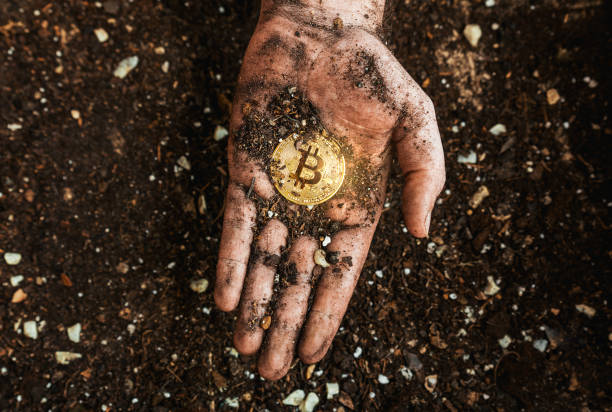Cryptocurrency mining has evolved significantly since the inception of Bitcoin. Initially, individual miners could effectively mine coins using their personal computers. However, as the complexity of mining increased, the need for more computational power and resources grew. This led to the emergence of mining pools, revolutionizing the mining landscape and offering enhanced profitability for miners.
Understanding Mining Pools: Mining pools are collaborative groups of miners who combine their computational resources to increase their chances of successfully validating transactions and earning block rewards. Instead of mining individually, participants contribute their computing power to the pool’s collective effort.
How Mining Pools Work: When a cryptocurrency mining pool successfully mines a block, the reward is distributed among participants based on their contributed computational power or shares. This ensures a steady and more predictable income stream for miners, even if their individual mining power might not be sufficient to mine a block independently.
Enhanced Profitability: By pooling resources, miners have a higher probability of solving complex mathematical problems required to validate transactions and receive block rewards. This consistent reward distribution helps in reducing the variance in income compared to solo mining.
Cost Efficiency: Pooling resources allow miners to share operational costs such as electricity and maintenance expenses, making mining more cost-effective. This cost-sharing model enables miners with limited resources to participate in the mining process.
Access to Advanced Mining Equipment: Mining pools often have access to more sophisticated and powerful mining hardware. This access allows participants to benefit from cutting-edge technology, maximizing their mining efficiency and profitability.
The Evolution of Mining Pools: Initially, mining pools were relatively simple and operated on a cooperative basis among a few miners. Over time, they have evolved into sophisticated networks with diverse features, offering different payout schemes, user interfaces, and additional services.
Specialized Pools: Today, there are specialized mining pools catering to specific cryptocurrencies or mining algorithms. These pools focus on optimizing mining for particular coins or algorithms, providing participants with more tailored and efficient mining experiences.
Challenges and Considerations: As mining pools grow in size and influence, concerns about centralization arise. Large mining pools have the potential to control significant portions of a cryptocurrency’s network hash rate, raising questions about decentralization and network security.
Pool Fees and Transparency: Miners should consider pool fees and transparency when choosing a mining pool. Some pools charge fees for their services, affecting miners’ overall profitability. Transparency regarding pool operations and fee structures is crucial for informed decision-making.
Conclusion
Mining pools have transformed the cryptocurrency mining landscape, offering miners enhanced profitability and access to better resources. However, they also pose challenges related to centralization and fees. Understanding these dynamics is crucial for miners looking to optimize their mining operations.

